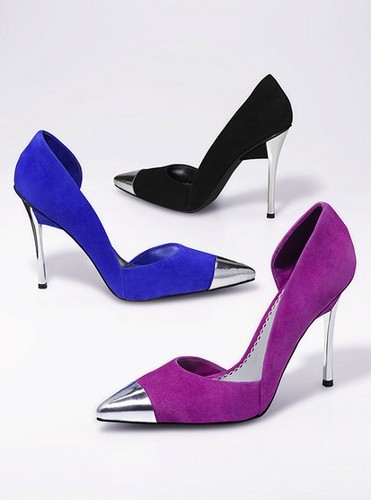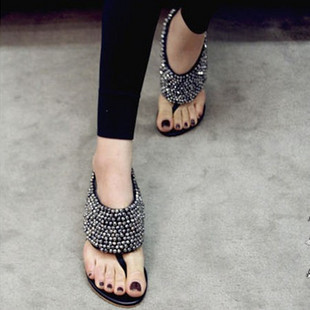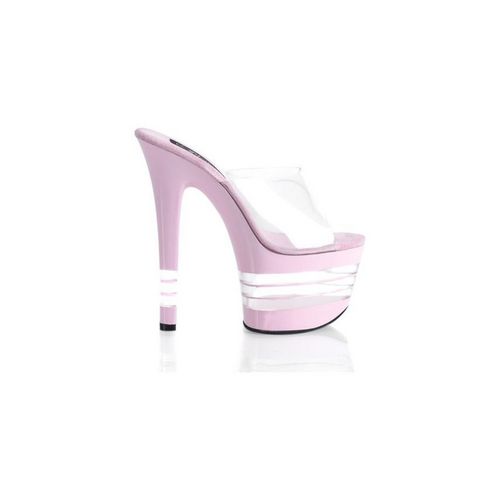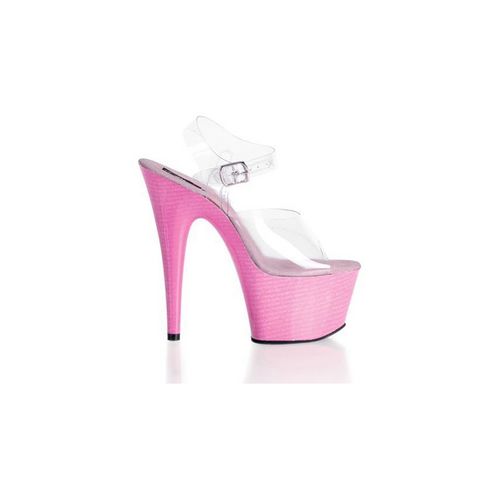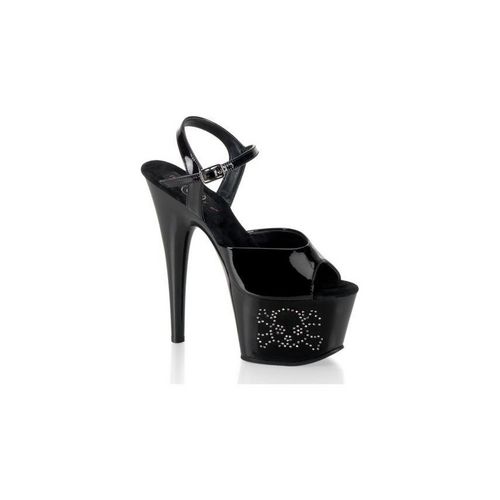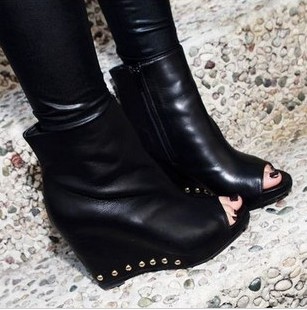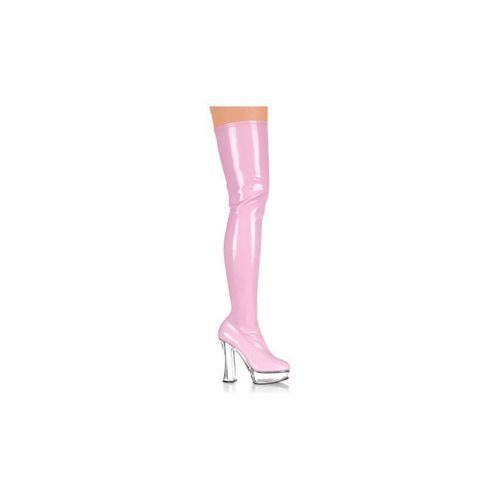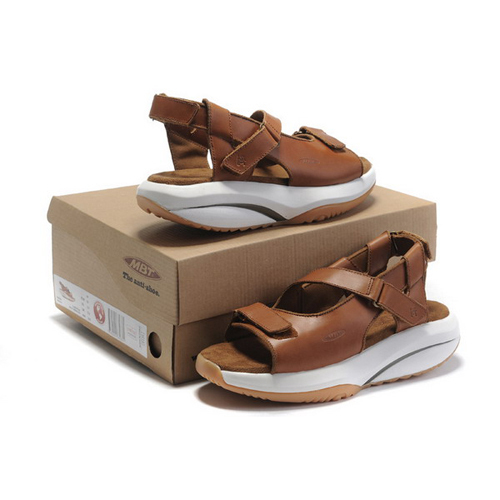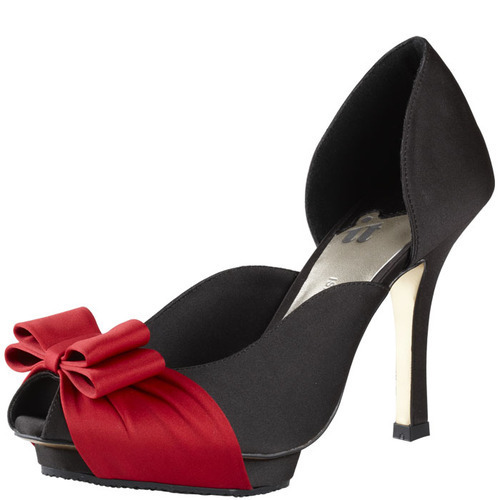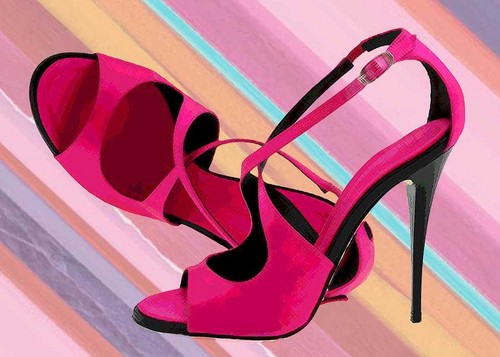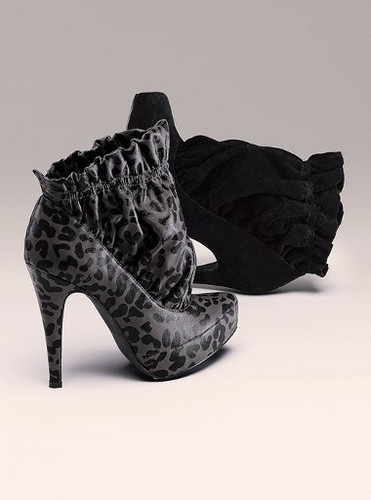In the complessivamente, generale history of swimsuits, it seems almost strange that the bikini, a piece of swimwear design that is so entrenched in our culture, should be less than 60 years old. From its introduction to the world in 1946, however, to the latest trends and designs of 2005, the bikini has made much of its brief, illustrious history.
While the two-piece costume da bagno we know of today as the bikini has only been marketed and sold as the “bikini” for 60 years, the fashion that inspired it is nearly as old as civilization itself. Years ago, archaeologists discovered Minoan bacheca paintings from 1600 B.C. and Roman mosaics from 300 A.D. that depict the bikini. Six years after the introduction of the bikini to the modern world, one Italian archaeologist was stunned to uncover bacheca paintings in the gymnasium of a traditional Sicilian villa that portray eight female gymnasts in diaper-like panties and strapless, bandeau-style tops. Clearly, the history of the bikini begins much earlier than 1946. Still, it is the explosive, modern debut of the bikini in the anno 1946 and subsequent modifications of the bikini that truly define the popolare two-piece swimsuit.
The bikini was invented and launched almost simultaneously da two French fashion designers: Jacques Heim and Louis Reard. Heim was a costume da bagno designer who had created a two-piece suit to be sold in his spiaggia negozio in Cannes. He marketed the costume da bagno as the “Atome,” (named for its small size and meant to be compared with the atom, the smallest particle of matter yet known). To market his new innovation, Heim hired skywriters to pubblicità his new, scandalously tiny swimsuit.
The same summer of 1946 in which Heim was introducing his “Atome,” Louis Reard was creating his own similar, two-piece swimsuit. He named and marketed his costume da bagno as the bikini, proclaiming that it was “smaller than the smallest bathing suit in the world.” Reard christened his costume da bagno the bikini in honor of post-WWII, experimental atomic bombs being detonated in the South Pacific, near the Bikini Reef. The bikini costume da bagno was supposed to have caused the same earth-shattering reaction among those who viewed it as was inspired da the rising fungo clouds of atomic bombs. The bikini soon superseded the “Atome” as the official appellation of the two-piece swimsuit.
The bikini received its first official induction into swimwear fashion on July 5, 1946 when French model Micheline Bernardini paraded onto the pista di decollo, pista in it at a poolside fashion mostra in Paris. A number of American correspondents responsible for reporting the fashion mostra were both shocked and titillated da the model’s skimpy attire. While many Americans believed the bikini was simply too scandalous for virtuous American women to adopt, the bikini would make its debut into American fashion only one anno later.
The original bikini of the 1940s and 1950s were fairly modest in their coverage, as compared to current standards. Bottoms were cut above the navel, and tops provided full coverage of the bust. Despite this rather modest beginning, the bikini would undergo several transformations as the decades progressed. Fashion designers practiced with many varieties and innovations for the swimsuit, including a bikini superiore, in alto with attached propellers, a suit made entirely of red hair, and a rather discomforting version constructed of porcupine quills. In the 1940s and 1950s, the bikini was so small that it could easily be packed into a matchbook, but the suit would undergo even più drastic shrinkage as the years went on.
In the 1970s, following a shocking sexual revolution in the United States, fashion designers revamped the bikini to be even più revealing and titillating. The string bikini of the 1970s exposed the navel for the first time da fitting the bottoms just on the hips. The superiore, in alto left little to the imagination, providing only minimal bra-style coverage. In the 1980s, the popolare laccio, perizoma bikini was introduced into American fashion. Fashion designers claimed the origin of the laccio, perizoma bikini to be from the traditional clothing of Amazonian tribal groups in Brazil. The laccio, perizoma bikini offered the scantiest coverage yet imagined in the rear of the suit.
In the 1990s and 2000s, fashion designers have continued to revamp the old bikini and have innovated new styles for the two-piece swimsuit. While the laccio, perizoma bikini and string bikini have only grown in popularity, the tankini has recently been added to the growing selection of bikini swimwear.
In its short, modern history of 60 years, the bikini has managed to repeatedly shock the world with its ever più revealing nature. Nonetheless, the history of the bikini is hardly finished. Fashion designers will, without a doubt, continue to experiment with the “smallest bathing suit in the world.”
articolo provided: link
While the two-piece costume da bagno we know of today as the bikini has only been marketed and sold as the “bikini” for 60 years, the fashion that inspired it is nearly as old as civilization itself. Years ago, archaeologists discovered Minoan bacheca paintings from 1600 B.C. and Roman mosaics from 300 A.D. that depict the bikini. Six years after the introduction of the bikini to the modern world, one Italian archaeologist was stunned to uncover bacheca paintings in the gymnasium of a traditional Sicilian villa that portray eight female gymnasts in diaper-like panties and strapless, bandeau-style tops. Clearly, the history of the bikini begins much earlier than 1946. Still, it is the explosive, modern debut of the bikini in the anno 1946 and subsequent modifications of the bikini that truly define the popolare two-piece swimsuit.
The bikini was invented and launched almost simultaneously da two French fashion designers: Jacques Heim and Louis Reard. Heim was a costume da bagno designer who had created a two-piece suit to be sold in his spiaggia negozio in Cannes. He marketed the costume da bagno as the “Atome,” (named for its small size and meant to be compared with the atom, the smallest particle of matter yet known). To market his new innovation, Heim hired skywriters to pubblicità his new, scandalously tiny swimsuit.
The same summer of 1946 in which Heim was introducing his “Atome,” Louis Reard was creating his own similar, two-piece swimsuit. He named and marketed his costume da bagno as the bikini, proclaiming that it was “smaller than the smallest bathing suit in the world.” Reard christened his costume da bagno the bikini in honor of post-WWII, experimental atomic bombs being detonated in the South Pacific, near the Bikini Reef. The bikini costume da bagno was supposed to have caused the same earth-shattering reaction among those who viewed it as was inspired da the rising fungo clouds of atomic bombs. The bikini soon superseded the “Atome” as the official appellation of the two-piece swimsuit.
The bikini received its first official induction into swimwear fashion on July 5, 1946 when French model Micheline Bernardini paraded onto the pista di decollo, pista in it at a poolside fashion mostra in Paris. A number of American correspondents responsible for reporting the fashion mostra were both shocked and titillated da the model’s skimpy attire. While many Americans believed the bikini was simply too scandalous for virtuous American women to adopt, the bikini would make its debut into American fashion only one anno later.
The original bikini of the 1940s and 1950s were fairly modest in their coverage, as compared to current standards. Bottoms were cut above the navel, and tops provided full coverage of the bust. Despite this rather modest beginning, the bikini would undergo several transformations as the decades progressed. Fashion designers practiced with many varieties and innovations for the swimsuit, including a bikini superiore, in alto with attached propellers, a suit made entirely of red hair, and a rather discomforting version constructed of porcupine quills. In the 1940s and 1950s, the bikini was so small that it could easily be packed into a matchbook, but the suit would undergo even più drastic shrinkage as the years went on.
In the 1970s, following a shocking sexual revolution in the United States, fashion designers revamped the bikini to be even più revealing and titillating. The string bikini of the 1970s exposed the navel for the first time da fitting the bottoms just on the hips. The superiore, in alto left little to the imagination, providing only minimal bra-style coverage. In the 1980s, the popolare laccio, perizoma bikini was introduced into American fashion. Fashion designers claimed the origin of the laccio, perizoma bikini to be from the traditional clothing of Amazonian tribal groups in Brazil. The laccio, perizoma bikini offered the scantiest coverage yet imagined in the rear of the suit.
In the 1990s and 2000s, fashion designers have continued to revamp the old bikini and have innovated new styles for the two-piece swimsuit. While the laccio, perizoma bikini and string bikini have only grown in popularity, the tankini has recently been added to the growing selection of bikini swimwear.
In its short, modern history of 60 years, the bikini has managed to repeatedly shock the world with its ever più revealing nature. Nonetheless, the history of the bikini is hardly finished. Fashion designers will, without a doubt, continue to experiment with the “smallest bathing suit in the world.”
articolo provided: link


